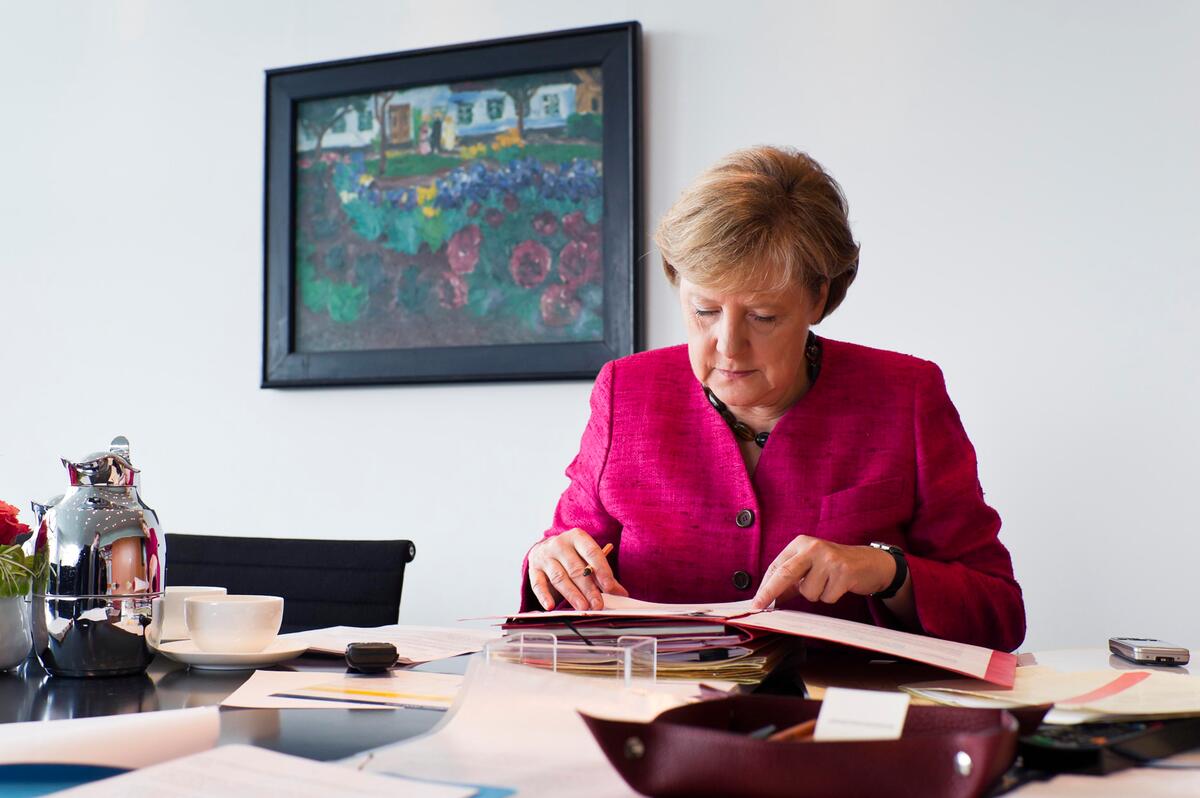Kenyan camp sees influx from Sudan, South Sudan
Kenyan camp sees influx from Sudan, South Sudan

KAKUMA, Kenya, March 27 (UNHCR) - When Kakuma camp was first set in 1992, it hosted thousands of refugees fleeing the civil war in Sudan. Twenty years later, the refugee camp in north-western Kenya is now filling up again with a new influx of people fleeing conflict in parts of South Sudan and Sudan.
More than 4,500 people have arrived in Kakuma camp so far this year, over 76 per cent of them from South Sudan and Sudan. Many said they fled the recent communal violence in South Sudan's Jonglei state, citing indiscriminate killings, cattle theft and the burning of houses as reasons for fleeing. Families were reportedly separated in the chaos. Some reported that their villages in Jonglei were completely abandoned. Others said they left South Sudan as they were afraid the violence might spread.
"I fled from Duk in Jonglei when I heard gunshots in the dead of the night," said a woman who fled with nine children. "Revenge attacks in our village targeted women and children. We walked for several days to Juba and a Good Samaritan assisted us with transportation to Kenya."
Among the recent arrivals in Kakuma are also people from Sudan's South Kordofan state, where fighting has been raging for months between the Sudanese Armed Forces and Sudan People's Liberation Movement-North. Some fled first to South Sudan, but moved further south towards Kenya when border areas came under attack.
"Most of the asylum-seekers arrived in Kenya on foot or in vehicles," said Guy Avognon, who heads UNHCR in Kakuma. "Some said that they walked for two to three months to get here, and left their elderly behind as they could not complete the arduous journey."
The new arrivals are being hosted at Kakuma camp's reception centre, which has a capacity for 700 people but has at times housed more than 1,600 new arrivals during the past weeks. UNHCR has been able to decongest the centre by fast tracking registration and moving new arrivals to the camp, where they are provided with food rations and relief supplies.
"If the current pace of arrivals continues, Kakuma camp will likely reach full capacity by June," said Avognon. "We need to take urgent action to address this influx, including expanding camp settlement areas and increasing capacities and resources to assist these newcomers."
UNHCR will eventually assess their eligibility for refugee status.
As of mid-March, there were a total of 91,140 refugees and asylum-seekers in the 20-year-old camp, which can hold up to 100,000 people. Somali refugees account for just over half and Sudanese and South Sudanese are one-third of the total camp population. The remaining refugees come from 10 countries including Burundi, the Democratic Republic of the Congo and Ethiopia.












